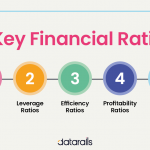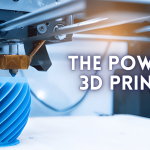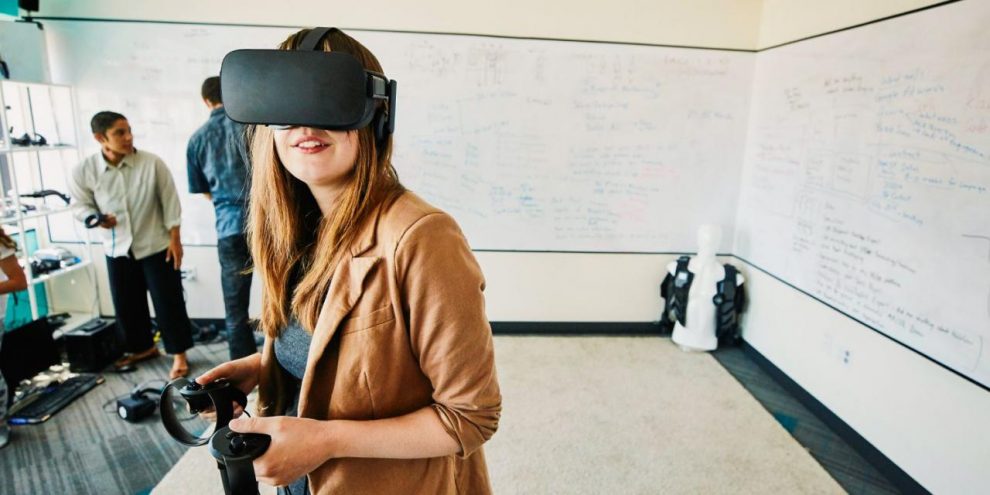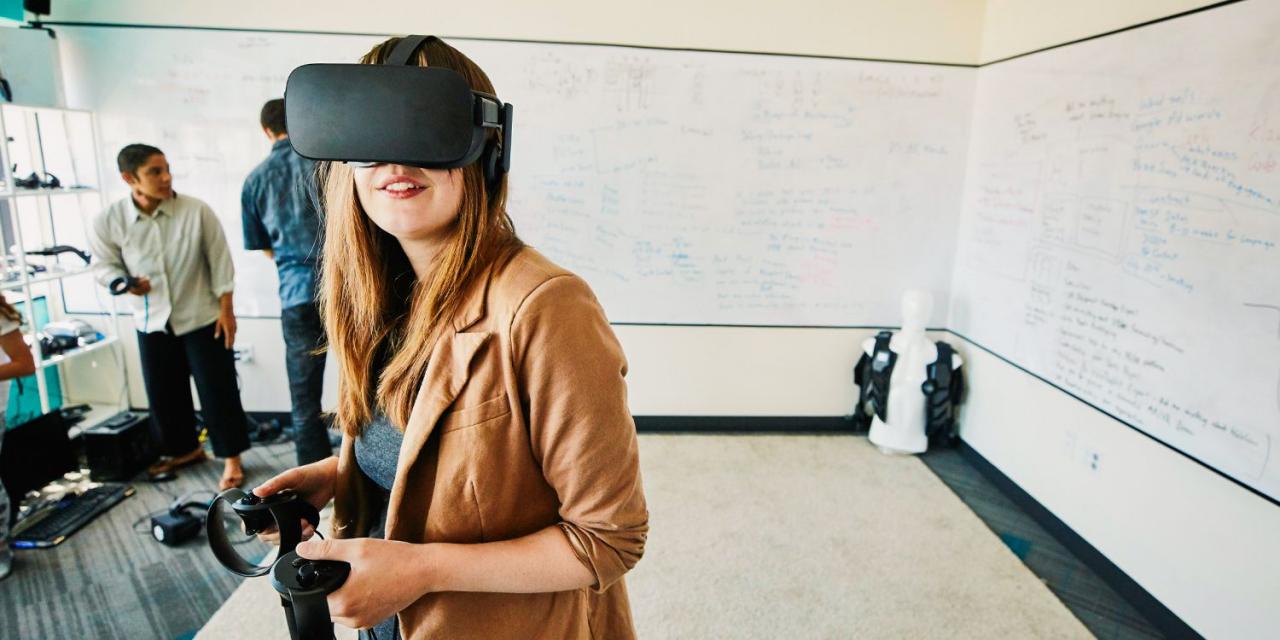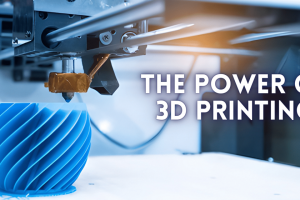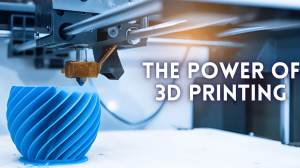“We’re moving toward a future where [virtual reality] will become a standard tool for learning,” says Jaime Donally, author of “Learning Transported: Augmented, Virtual and Mixed Reality for All Classrooms.” In this article, we delve into how virtual reality (VR) is shaping education, providing innovative ways to enhance student learning and engagement.
Virtual Reality: The Basics
Virtual Reality (VR), as its name suggests, is a technology that creates a simulated environment, immersing users in a fully artificial digital experience. Through VR headsets, users can experience sight and sound in three dimensions, giving the feeling of presence in a non-physical world.
The implementation of VR in education offers the opportunity to immerse students in the content they’re learning, making abstract concepts tangible and offering a unique form of engagement.
Revolutionizing the Learning Experience
Virtual Reality has the potential to transform the way we approach education in several ways.
Firstly, VR can foster immersive learning experiences. Traditional teaching methods often struggle to engage students fully, but VR can capture students’ attention by providing immersive, interactive experiences. A study by the University of Maryland found that students remember information better when they learn it in a VR environment, suggesting that VR can enhance learning outcomes.
Secondly, VR offers the opportunity for virtual field trips, providing students with experiences that would otherwise be impossible due to logistical or financial constraints. For instance, Google’s Expeditions program allows students to explore different parts of the world, historical events, or even the human circulatory system through VR.
Lastly, VR provides a safe environment for experiential learning. Students can practice procedures or skills in a risk-free environment before applying them in the real world. For example, medical students can use VR to practice surgeries, reducing the potential for mistakes in real-life operations.
VR in the Classroom: Real World Examples
Schools and educational institutions across the globe are implementing VR in various ways to enhance the learning experience.
At Stanford University, the Virtual Human Interaction Lab uses VR to teach students about environmental conservation. In one exercise, students experience what it would be like to cut down a tree in the virtual world, promoting empathy for the environment.
Meanwhile, the New Jersey Institute of Technology uses VR to teach chemistry. Students can visualize and manipulate 3D models of molecules and compounds, aiding their understanding of complex chemical structures.
In another example, Case Western Reserve University uses VR to teach anatomy to medical students. By exploring 3D models of the human body, students can examine organs and systems in a way that surpasses the experience of studying from a textbook.
Looking Forward: The Future of VR in Education
As VR technology continues to evolve and become more accessible, it’s likely that its use in education will continue to grow. Educators are just scratching the surface of the potential VR holds for transforming the learning experience. As Chris Milk, a pioneer in immersive storytelling technology, puts it, “Virtual reality is the ‘ultimate empathy machine.’ These experiences are more than documentaries. They’re opportunities to walk a mile in someone else’s shoes.” By allowing students to do just that, VR in education may hold the key to fostering both academic success and empathetic understanding in tomorrow’s leaders.
